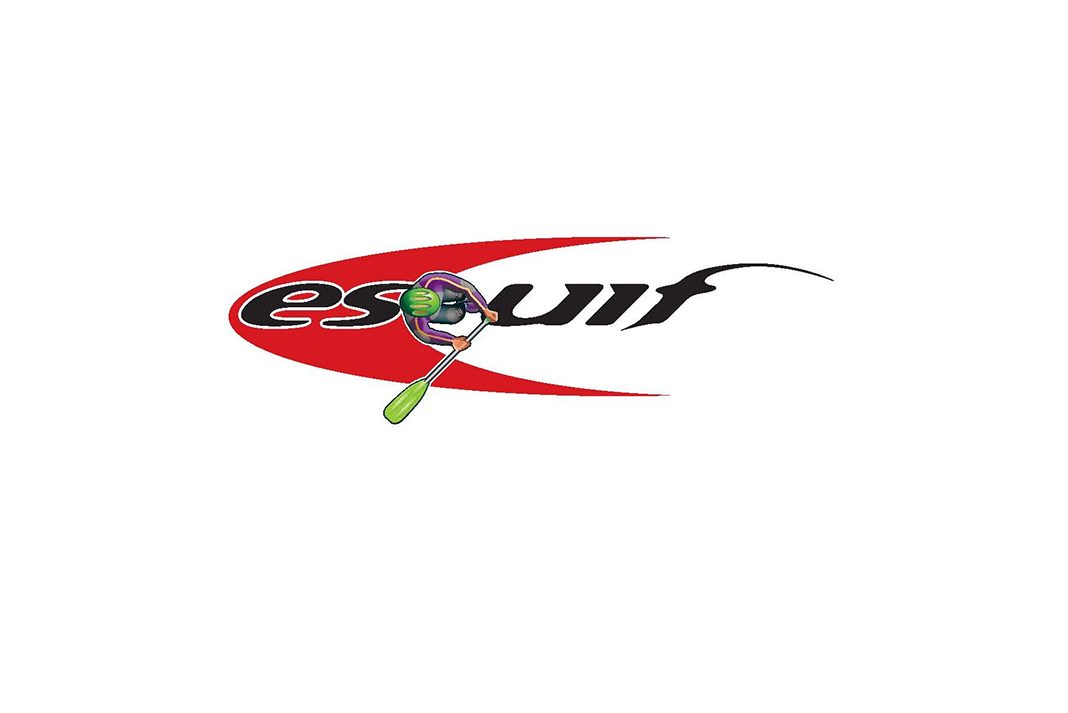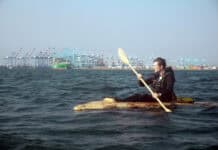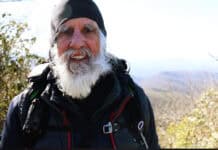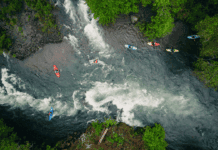Last month, Esquif Canoes of Frampton, Quebec, announced David Hadden joined their team as Director of Business Development. Esquif owner Jacques Chasse is looking forward to working with Hadden to grow Esquif’s presence in the U.S. market.
Chasse says that while Esquif has a strong market presence in Canada, it has limited penetration into the U.S. market. “We don’t cover the U.S. as well as we would like,” said Chasse. He’s optimistic Esquif can move into new U.S. storefronts based on the strength of their canoe designs and the performance advantages of T-Formex, a high-impact ABS plastic laminate aiming to fill the void Royalex left when discontinued in 2013. Chasse sees Hadden as a central part of this push.

“It’s fun to return to my roots,” he said.
For Hadden, T-Formex fills an essential niche in the world of canoeing. He points out Royalex was a popular material because of its toughness, versatility and performance on the water. “There was a need for Royalex in the past and there’s a need for T-Formex now,” said Hadden. “Hands down, there is no better material for being on a river and moving water.”
The challenge for T-Formex, said Chasse, is reintroducing paddlers to the benefits of the material. When Royalex disappeared, explained Chasse, it left a hole in the market dealers and manufacturers tried to fill with other materials. Those materials had a few years to build momentum while Esquif worked to perfect T-Formex. Now, Esquif is playing catch-up.
“We have to overcome three years of marketing,” said Chasse.
Chasse’s approach to this challenge is to take his canoes to a broader audience by expanding his dealer network in the U.S. “We believe enough in T-Formex that we want to take it directly to paddlers,” said Chasse. “You need boats on the water where they’re proven to be tougher.”
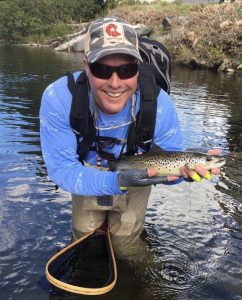
Hadden isn’t just enthusiastic about the prospects for Esquif’s new material, he’s excited to see the innovation coming out of specialty canoe manufacturers, including a resurgence of lightweight pack boats and a renewed focus on sporting canoes. Hadden hopes to incorporate the best features from the kayak fishing world, including tackle organization systems and lightweight electric motors, into new canoe designs.
According to Hadden, Esquif’s focus on T-Formex gives the brand advantages over its competitors, even those who use T-Formex in their own designs. Hadden explains Esquif canoes are designed from the ground up with a focus on T-Formex, which is the primary material the brand employs in its designs. This focus allows the Esquif design team to create hulls that are optimized for T-Formex, rather than adapted from composite designs.
The success of Esquif with T-Formex is part of a trend Hadden sees within the paddlesports industry, namely, smaller manufacturers that focus on a specialty aspect of the market have an advantage, regardless of whether manufacturing high-end composite canoes or specialized fishing kayaks. To Hadden, specialization is key.
“The paddlesports companies thriving are the ones bringing consumers a solution to a problem,” he added. “Durability without sacrificing performance and maintaining a reasonable carrying and transportation weight has always been an issue. We believe T-Formex is the answer.”


